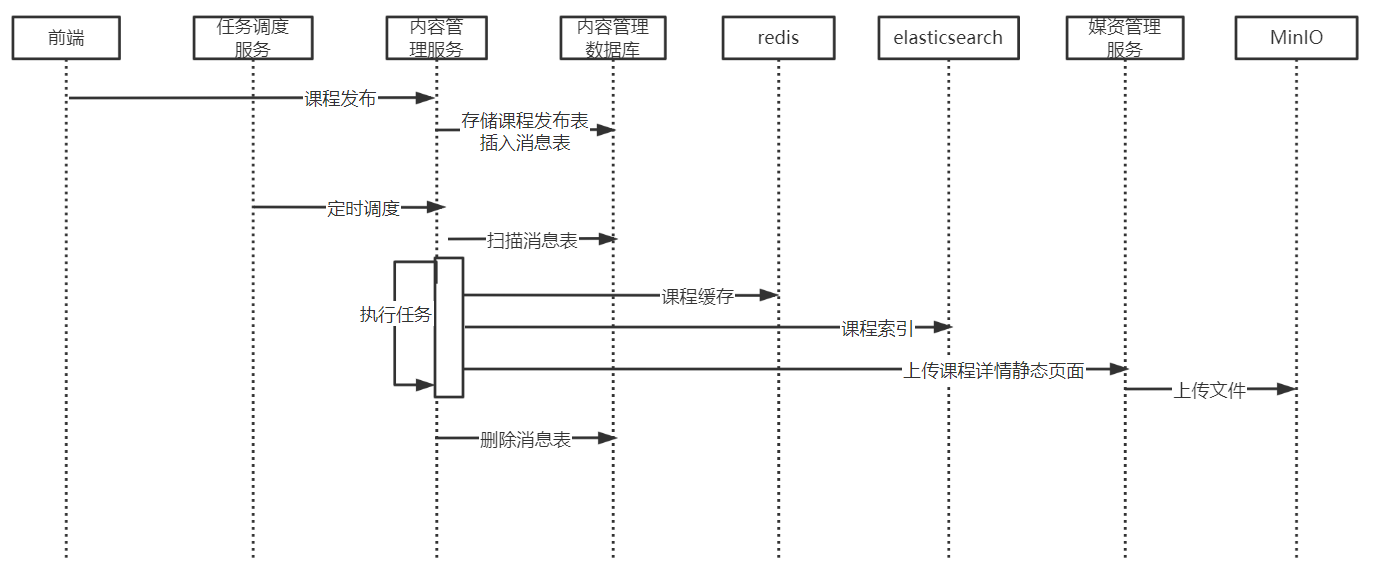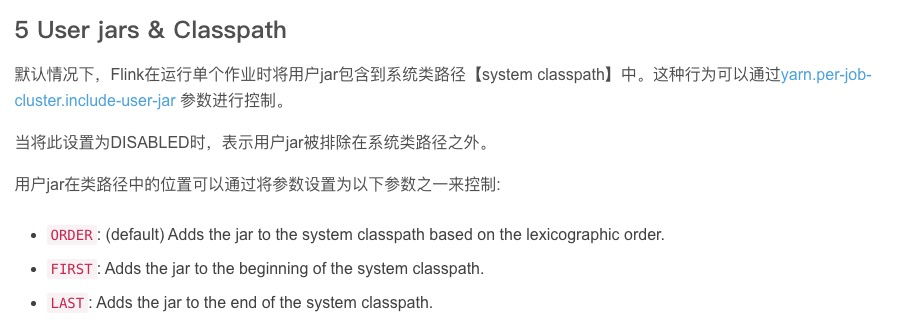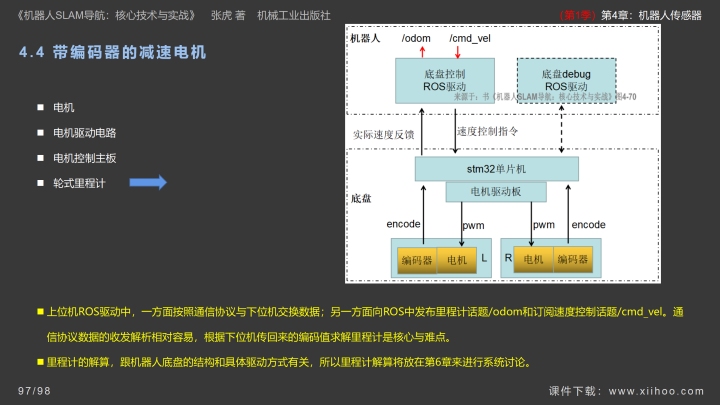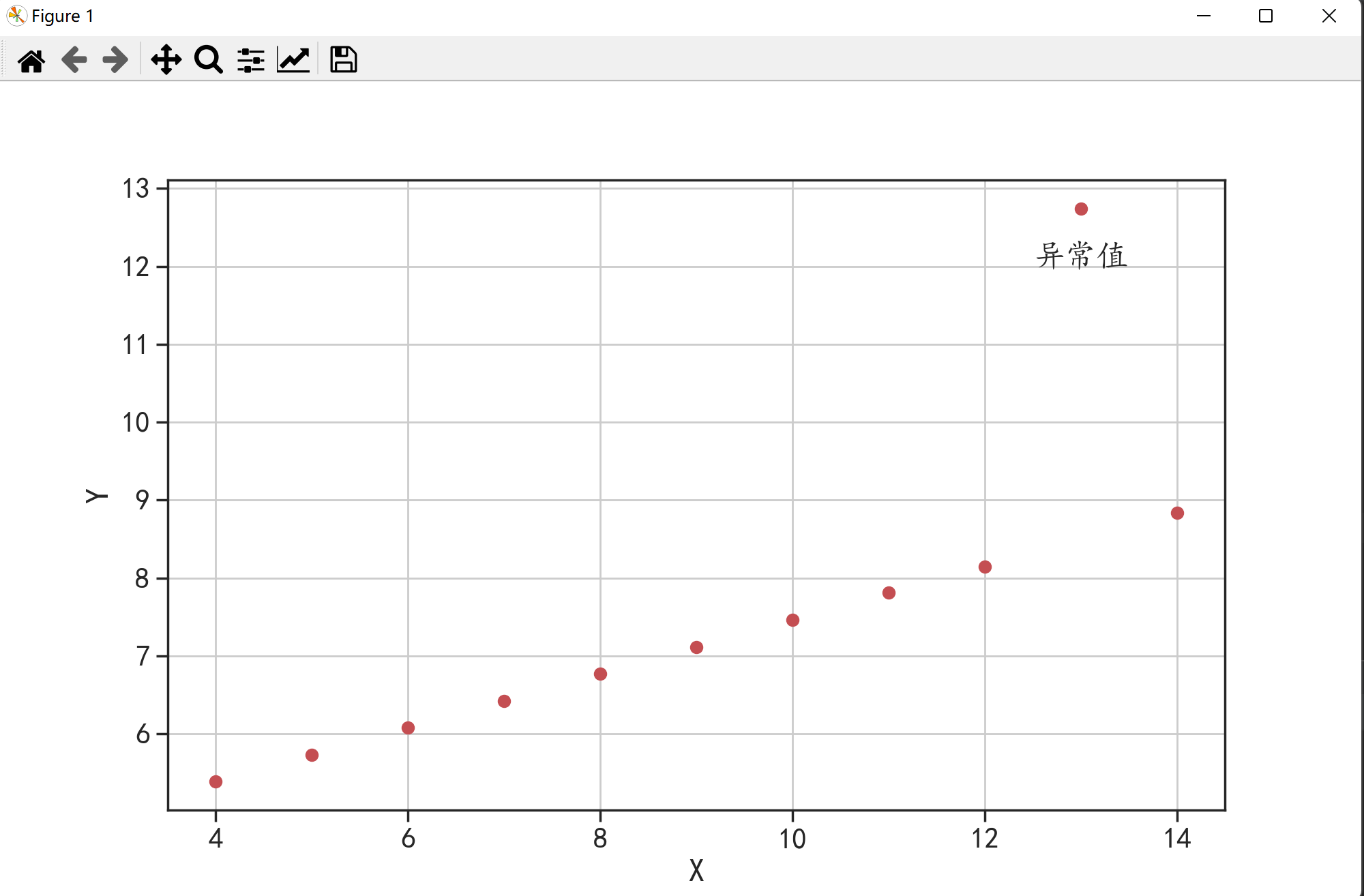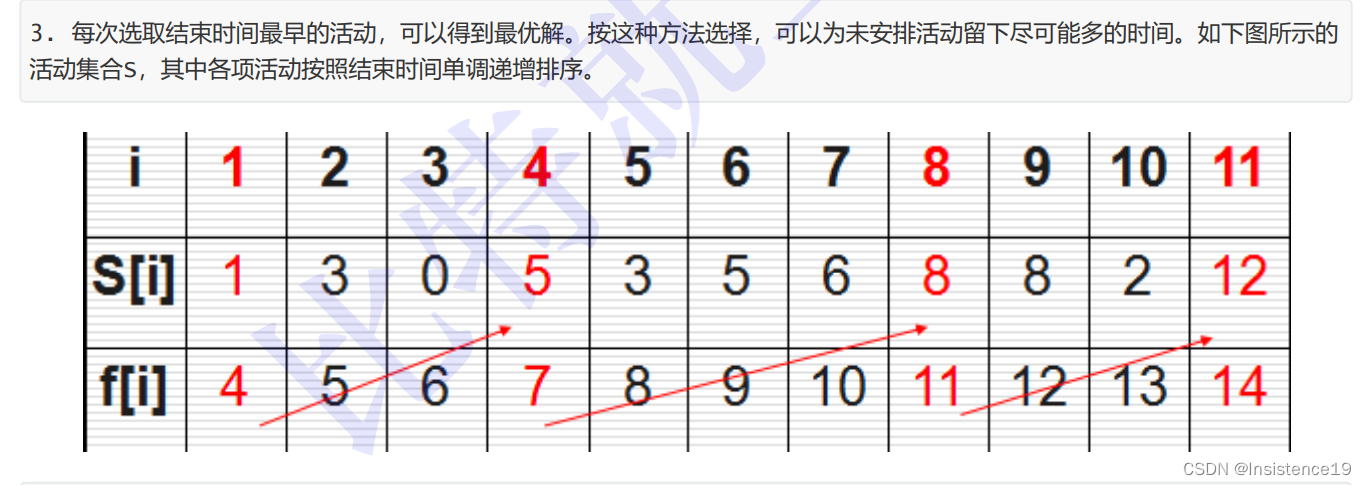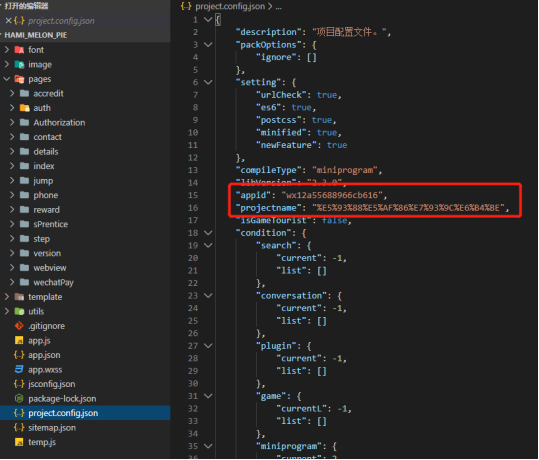简介
keep-alive是Vue.js的一个内置组件。它能够将指定的组件实例保存在内存中,而不是直接将其销毁,它是一个抽象组件,不会被渲染到真实DOM中,也不会出现在父组件链中。
具体用法咱们这里就不再细说了,今天主要是探讨它的源码。
本文vue版本为2.6.14
源码概览
我们先来看看 keep-alive 组件整体的源码。
export default {name: 'keep-alive',abstract: true, // 定义为抽象组件,不会被渲染到真实DOM中,也不会出现在父组件链中。props: {include: patternTypes, // 需要缓存组件,支持字符串、正则表达式或一个数组exclude: patternTypes, // 不需要缓存组件,支持字符串、正则表达式或一个数组max: [String, Number] // 最大缓存个数},methods: {// 添加vnode和key到cache对象和keys数组,也就是缓存组件。cacheVNode() {const { cache, keys, vnodeToCache, keyToCache } = thisif (vnodeToCache) {const { tag, componentInstance, componentOptions } = vnodeToCachecache[keyToCache] = {name: getComponentName(componentOptions),tag,componentInstance,}keys.push(keyToCache)// LRU算法,如果触达max,则将最近最少使用的数组顶元素删除。if (this.max && keys.length > parseInt(this.max)) {// 简单理解,从缓存对象中删除某个组件pruneCacheEntry(cache, keys[0], keys, this._vnode)}this.vnodeToCache = null}}},/* created钩子中初始化cache对象和keys数组 */created () {this.cache = Object.create(null) // 缓存对象this.keys = [] // 缓存key数组},/* destroyed钩子中销毁所有cache中的组件实例 */destroyed () {for (const key in this.cache) {pruneCacheEntry(this.cache, key, this.keys)}},// 挂载时mounted () {this.cacheVNode()// 对include和exclude进行监听// 发现缓存的节点名称和新的规则没有匹配上的时候,就把这个缓存节点从缓存中摘除。this.$watch('include', val => {pruneCache(this, name => matches(val, name))})this.$watch('exclude', val => {pruneCache(this, name => !matches(val, name))})},updated () {this.cacheVNode()},render () {// 获取默认插槽const slot = this.$slots.default// 获取第一个子元素的 vnodeconst vnode: VNode = getFirstComponentChild(slot)// 获取组件options,以便获取到nameconst componentOptions: ?VNodeComponentOptions = vnode && vnode.componentOptionsif (componentOptions) {// 首先获取组件的name,没有name则获取组件标签名const name: ?string = getComponentName(componentOptions)const { include, exclude } = this// 如果没匹配上,则什么都不处理,直接返会组件的vnode,否则的话走缓存逻辑if (// not included(include && (!name || !matches(include, name))) ||// excluded(exclude && name && matches(exclude, name))) {return vnode}const { cache, keys } = this// 获取组件的key,没有key则通过组件cid和tag组合生成const key: ?string = vnode.key == null? componentOptions.Ctor.cid + (componentOptions.tag ? `::${componentOptions.tag}` : ''): vnode.key// 如果之前缓存过,则直接从缓存中获取if (cache[key]) {vnode.componentInstance = cache[key].componentInstance// 确保是最新的。(LRU算法,最近最少使用)// 首先将该位置的key移除,然后将该key添加到数组末尾。// 这样的好处就是,当触达到max的时候将数组前面的踢出就可以了。remove(keys, key)keys.push(key)} else {// 否则进行缓存,不过是延迟到update再添加到缓存中this.vnodeToCache = vnodethis.keyToCache = key}// 添加keepAlive标记vnode.data.keepAlive = true}return vnode || (slot && slot[0])}
}
下面我们来逐步分析。
created钩子
created钩子会创建一个cache对象,用来作为缓存容器,保存vnode节点。创建一个keys数组,用来保存缓存的key。
/* created钩子中初始化cache对象和keys数组 */
created () {this.cache = Object.create(null) // 缓存对象this.keys = [] // 缓存key数组
},
destroyed钩子
destroyed钩子则在组件被销毁的时候遍历cache对象,来清除cache缓存中的所有组件实例。并且keys数组也会跟着清空。
/* destroyed钩子中销毁所有cache中的组件实例 */
destroyed () {for (const key in this.cache) {pruneCacheEntry(this.cache, key, this.keys)}
},
我们再来看看pruneCacheEntry方法。简单理解就是将cache对象中某key对应的vnode移除,keys数组中某key删除。
function pruneCacheEntry (cache: CacheEntryMap,key: string,keys: Array<string>,current?: VNode
) {// 通过key获取缓存组件const entry: ?CacheEntry = cache[key]// 组件销毁if (entry && (!current || entry.tag !== current.tag)) {entry.componentInstance.$destroy()}// cache对象该key置空cache[key] = null// keys数组,删除该keyremove(keys, key)
}
接下来我们再来看看render函数。
render
render () {// 获取默认插槽const slot = this.$slots.default// 获取第一个子元素的 vnodeconst vnode: VNode = getFirstComponentChild(slot)// 获取组件options,以便获取到nameconst componentOptions: ?VNodeComponentOptions = vnode && vnode.componentOptionsif (componentOptions) {// 首先获取组件的name,没有name则获取组件标签名const name: ?string = getComponentName(componentOptions)const { include, exclude } = this// 如果没匹配上,则什么都不处理,直接返会组件的vnode,否则的话走缓存逻辑if (// not included(include && (!name || !matches(include, name))) ||// excluded(exclude && name && matches(exclude, name))) {return vnode}const { cache, keys } = this// 获取组件的key,没有key则通过组件cid和tag组合生成const key: ?string = vnode.key == null? componentOptions.Ctor.cid + (componentOptions.tag ? `::${componentOptions.tag}` : ''): vnode.key// 如果之前缓存过,则直接从缓存中获取if (cache[key]) {vnode.componentInstance = cache[key].componentInstance// 确保是最新的。(LRU算法,最近最少使用)// 首先将该位置的key移除,然后将该key添加到数组末尾。// 这样的好处就是,当触达到max的时候将数组前面的踢出就可以了。remove(keys, key)keys.push(key)} else {// 否则进行缓存,不过是延迟到update再添加到缓存中this.vnodeToCache = vnodethis.keyToCache = key}// 添加keepAlive标记vnode.data.keepAlive = true}return vnode || (slot && slot[0])
}
render函数的逻辑也很清晰。
首先通过getFirstComponentChild获取第一个子组件,获取该组件的name(存在组件名则直接使用组件名,否则会使用tag)。
接下来会将这个name通过include与exclude属性进行匹配,匹配不成功(说明不需要进行缓存)则不进行任何操作直接返回vnode,否则走缓存逻辑。
要查找缓存,首先需要获取key,key的话优先获取组件的key,组件没有key则通过组件cid和tag组合生成一个key。
接下来的事情很简单,根据key在this.cache中查找,如果存在则说明之前已经缓存过了,直接将缓存的vnode的componentInstance(组件实例)覆盖到目前的vnode上面。否则将vnode存储在cache中(不是实时的,而是在update方法中修改)。
然后添加keepAlive标记,这个标记有什么用呢?我们知道被keep-alive包裹的组件后面的渲染是不会触发created和mounted生命周期函数,而是会触发acitvated和deactivated生命周期函数。这个标记就是用来做触发生命周期函数的判断的。
最后返回vnode(有缓存时该vnode的componentInstance已经被替换成缓存中的了)。
mounted钩子
mounted里面做了两件事情。
首先初始化的时候,如果组件是需要缓存的话则会进行缓存。
然后对include和exclude进行监听,当这两个值发生变化的时候,则会重新计算cache和keys中缓存的数据。
mounted () {// 如果有需要缓存的组件,则进行缓存this.cacheVNode()// 对include和exclude进行监听// 发现缓存的节点名称和新的规则没有匹配上的时候,就把这个缓存节点从缓存中摘除。this.$watch('include', val => {pruneCache(this, name => matches(val, name))})this.$watch('exclude', val => {pruneCache(this, name => !matches(val, name))})
},
pruneCache方法主要是过滤目前缓存的vnode的cache对象和缓存key的keys数组。并将不符合新规则的vnode和key进行移除。
function pruneCache (keepAliveInstance: any, filter: Function) {const { cache, keys, _vnode } = keepAliveInstance// 遍历cache对象for (const key in cache) {// 获取缓存组件const entry: ?CacheEntry = cache[key]if (entry) {const name: ?string = entry.name// 如果之前缓存的组件并不符合新的规则,则进行移除if (name && !filter(name)) {pruneCacheEntry(cache, key, keys, _vnode)}}}
}
我们再来看看update钩子
updated钩子
update方法也是用来将组件添加进缓存。
因为之前render方法中,对需要缓存的组件而没有缓存的话会修改this.vnodeToCache和this.keyToCache的值(并不是直接缓存),进而会触发update方法。也就是延迟缓存。
updated () {this.cacheVNode()
},
总结
keep-alive组件的缓存是基于VNode节点的而不是直接存储DOM结构。它将满足条件的组件在cache对象中缓存起来,在需要重新渲染的时候再将vnode节点从cache对象中取出并渲染。并且使用到了LRU算法(最近最少使用),每次触发缓存,就会将该缓存组件放到数组末尾,当触达到max后,会将最近最少使用的缓存组件进行剔除。
后记
感谢小伙伴们的耐心观看,本文为笔者个人学习笔记,如有谬误,还请告知,万分感谢!如果本文对你有所帮助,还请点个关注点个赞~,您的支持是笔者不断更新的动力!
最后
最近还整理一份JavaScript与ES的笔记,一共25个重要的知识点,对每个知识点都进行了讲解和分析。能帮你快速掌握JavaScript与ES的相关知识,提升工作效率。
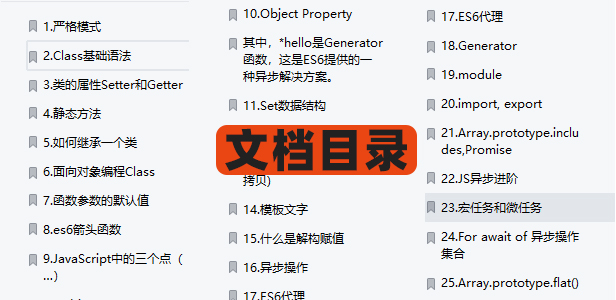
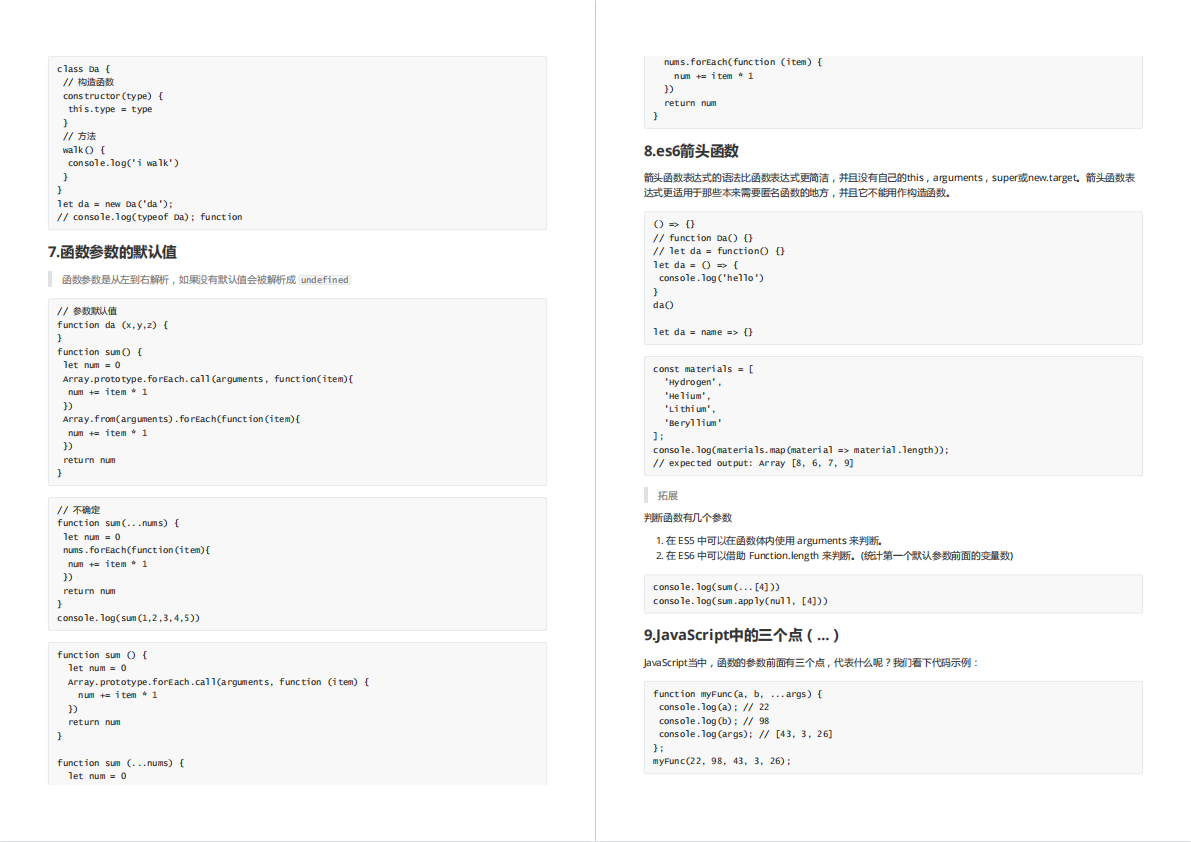

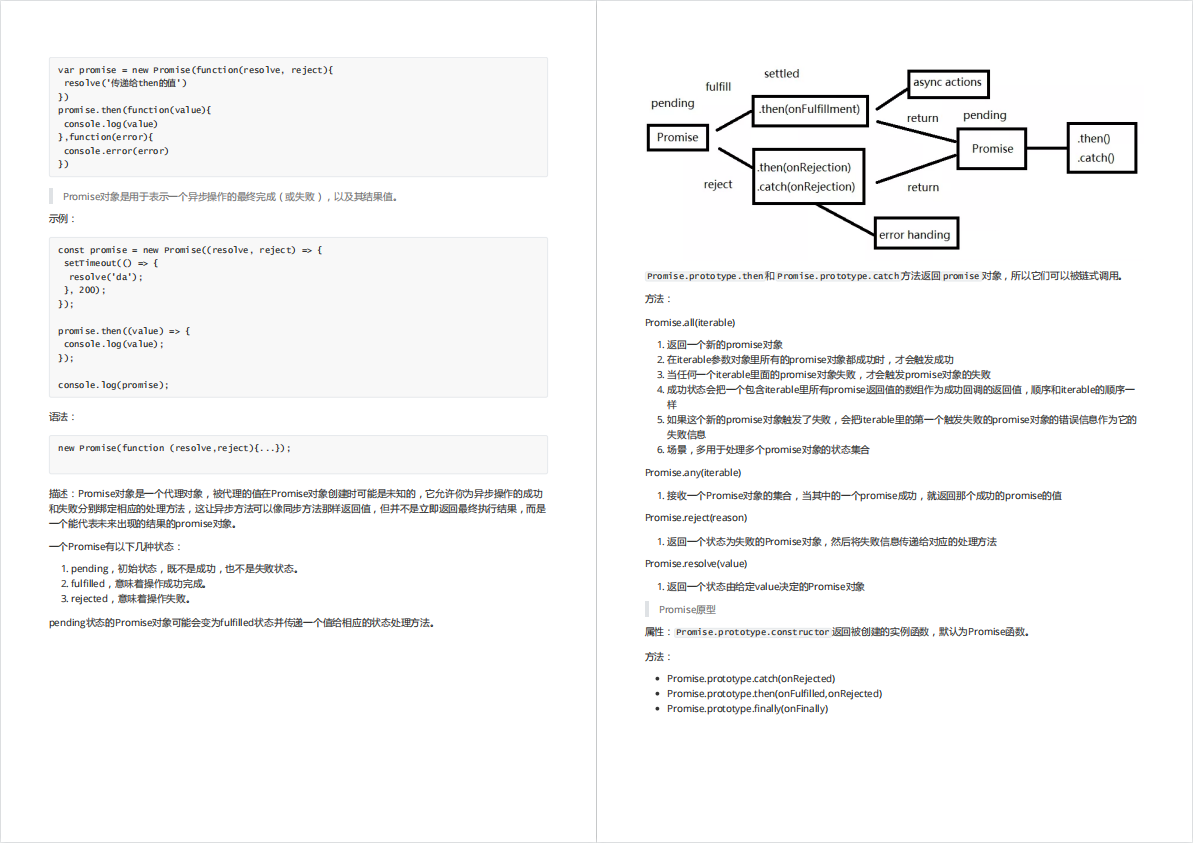
有需要的小伙伴,可以点击下方卡片领取,无偿分享






